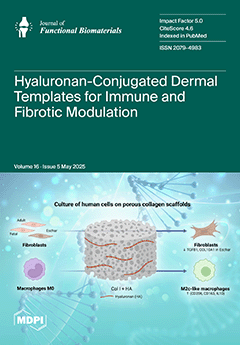Background: The primary objective of this study was to evaluate the cytotoxic and genotoxic effects of calcium silicate-based sealers (BioRoot RCS and MTA Fillapex) compared to an epoxy-based sealer (AH Plus). Materials and methods: The study was conducted in vitro with the cell lines HepG2 and V79 to evaluate cytotoxicity and genotoxicity using the comet and micronucleus assays. Eluates of the materials were tested at two different concentrations (3 cm
2/mL and 0.5 cm
2/mL) after an exposure time of 72 h. Data were analyzed using the Mann–Whitney and Kruskal–Wallis tests (
p < 0.05). Results: At lower concentrations in both cell lines, MTA Fillapex showed no significant difference in the measured comet assay parameters compared to the negative control (
p > 0.05). In addition, it showed significantly lower genotoxic effects compared to AH Plus for all comet assay parameters, concentrations, and cell lines (
p ≤ 0.001). BioRoot RCS showed lower primary DNA damage (
p ≤ 0.001) than AH Plus, only at higher concentrations and in the HepG2 cell line. Concerning the two tested bioceramic sealers, BioRoot RCS showed higher tail intensity values compared to MTA Fillapex (
p < 0.05). In contrast to the results of the comet assay, BioRoot RCS significantly reduced the number of nuclear buds and nucleoplasmic bridges in the HepG2 cell line compared to MTA Fillapex, whereas reduction in the V79 cell line was only observed for nuclear buds (
p < 0.05). Both materials increased the number of apoptotic cells compared to the negative control (
p < 0.05). In comparison to AH Plus, BioRoot RCS and MTA Fillapex significantly reduced the number of cells with micronuclei and increased the number of cells with undamaged chromatin (
p < 0.05). Conclusions: The findings suggest that MTA Fillapex and BioRoot RCS exhibit superior biocompatibility over AH Plus, as evidenced by their lower cytotoxic and genotoxic effects in vitro. These results support the use of calcium silicate-based sealers in clinical practice, highlighting the need for further studies to evaluate their performance in vivo and their implications for patient safety.
Full article






